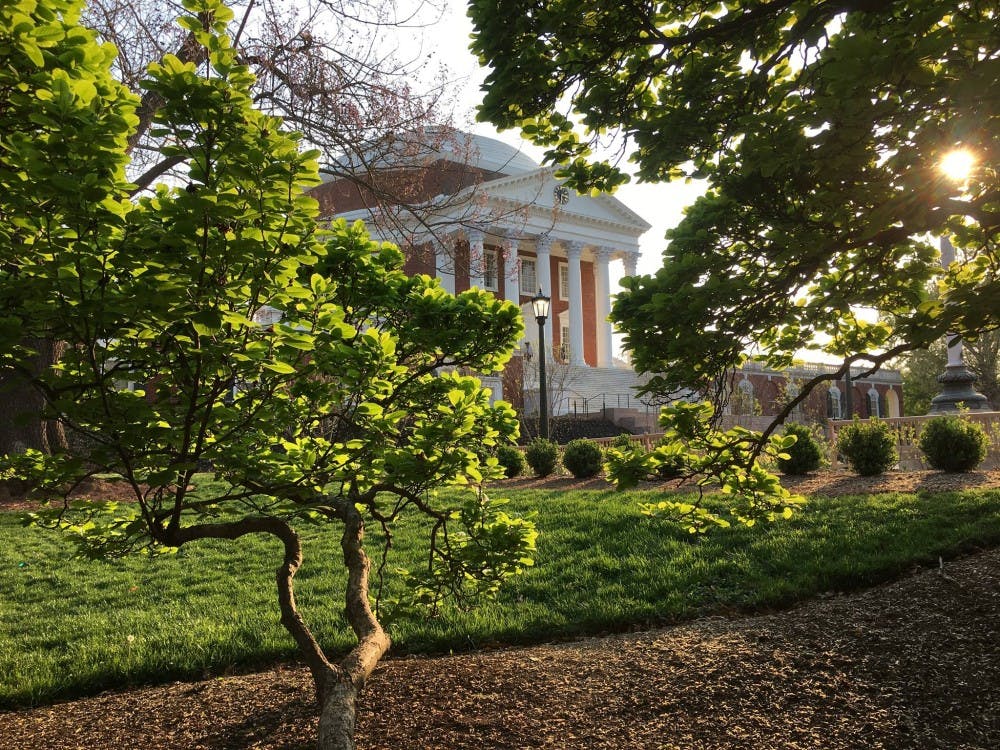The Board of Visitors approved increases in tuition for undergraduate students at the University last Thursday afternoon. The new rates, which will take effect in the next academic year, will increase tuition by just over two percent for in-state students and over three percent for out-of-state students. Given that this tuition increase will only worsen the already excessive financial burden on students, the University administration should actively search for ways to help students save money in other areas — starting with textbooks.
Lowering the price of textbooks is an effective way to help students counter rising tuition, and it has recently been considered for discussion by the Board of Visitors. The upsurge in textbook prices has added to the financial burden on college students throughout the past years. The cost of new printed textbooks has gone up 82 percent between 2002 and 2012, according to the Government Accountability Office. As a result of this, there is a rising trend of students not buying textbooks because their prices are too high, or taking fewer classes to avoid buying certain textbooks.
While the University’s textbook rental program has likely saved students a significant amount of money, there are other ways the administration could fight against rising book prices. The University could look into facilitating access to open-source textbooks, which would be free to students online and relatively cheap to download. OpenStax, a nonprofit which produces peer-reviewed, open-source textbooks, has proven the value of open-source materials — since 2012, it has saved over $155 million for nearly 700,000 students. The University could also encourage professors to provide as many course materials as possible through Collab. By integrating open-source and online materials into courses, the University would simultaneously make learning better and cheaper for students.
Textbook costs pose problems in nearly every college in the United States. In an environment where learning is a priority, students should have access to affordable textbooks regardless of which classes they take. Before approving any future increase in tuition rates, the University administration needs to ensure it is effectively helping students save money in other areas.







